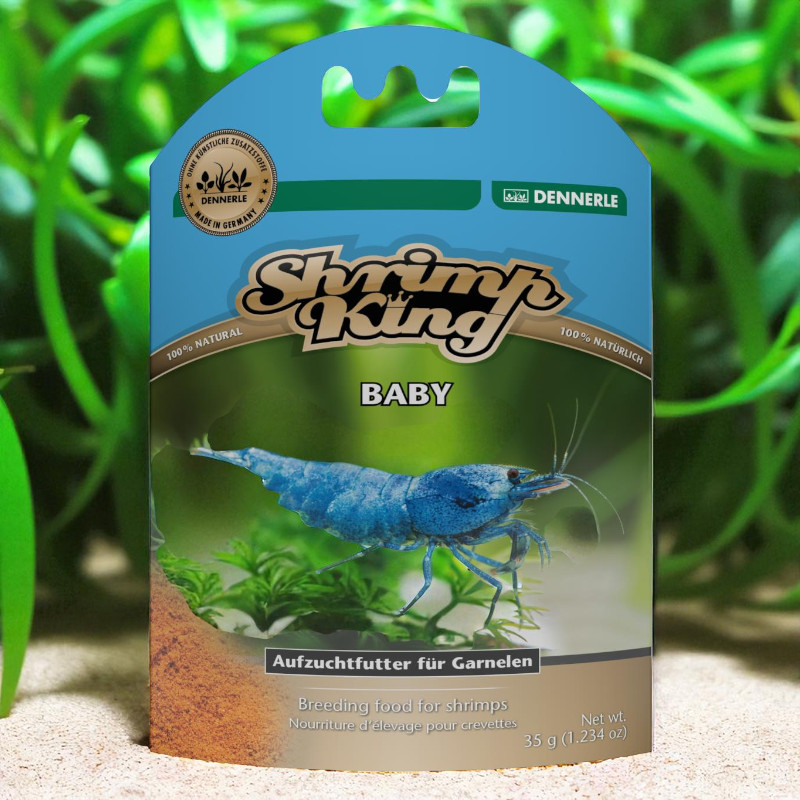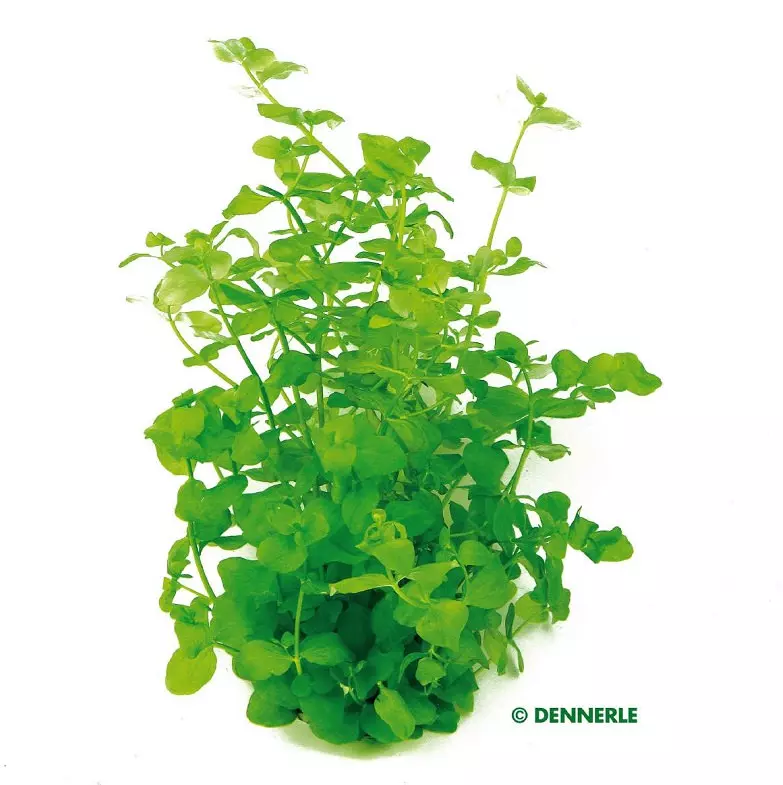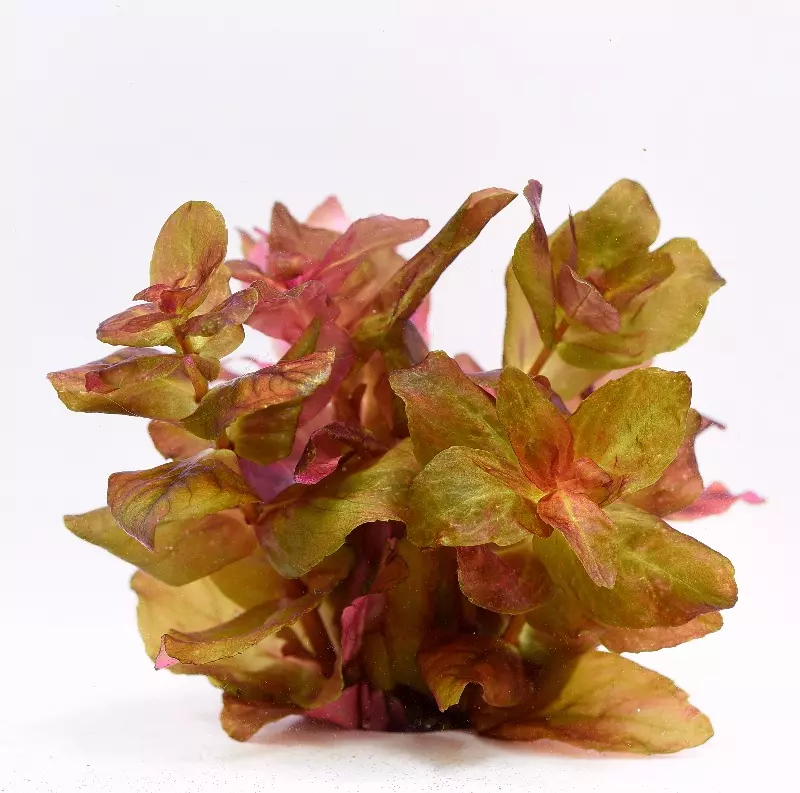

| Quantity | Unit price |
|---|---|
| To 2 |
CHF 8.90
|
| From 3 |
CHF 7.90
|
Stock: 0
Available in 1-3 days, acquisition time 14 days

Lysimachia nummularia aurea / Gelbes Pfennigkraut
| max. Wuchshöhe | - 40 cm | Herkunftsland | Europa, Japan, Nordamerika |
|---|---|---|---|
| Eignung | Gesellschaftsaquarium | Typ | Stängelspflanze |
| Familie | Primulaceae | Gattung | Lysimachia |
| Vermehrung | Kopfstecklinge | Wuchsgeschwindigkeit | mittel |
| pH | 6 - 8 | Wasserhärte | 10 - 20 °dh |
| Hinweise | |||
Eine schöne und attraktive Farbvariante des Pfennigkrautes ist die Sorte ´Aurea´. Die Pflegeansprüche sind mit der grünen Stammform identisch, die Beleuchtung sollte hier aber etwas stärker sein. Das gelbe Pfennigkraut zählt zu den typischen Zeigerpflanzen, die einen Nährstoffmangel sehr schnell mit Stagnation und Kümmerwuchs anzeigen. Im Aquarium kann man durch die gelbe Farbe ihrer Stängel schöne harmonische Farbakzente und Farbübergänge setzen.
| Aquarium: | Community aquarium |
|---|---|
| Feature: | In the background, Stem plants |
| Genus: | Several |
| Growth: | medium |
| Origin: | Asia, Europe, North America |
| Properties: | Stem plants |
| Stand: | In the background |
0 of 0 reviews
Login
Customers also bought
Similar products
Customers also viewed








.jpg)















